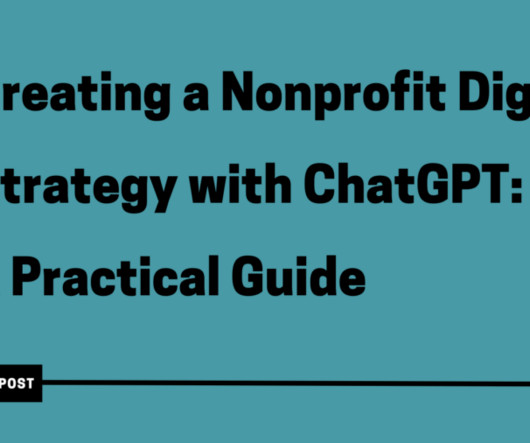Four Steps to Align Data with Your Mission and Goals
Association Analytics
APRIL 8, 2021
SMART is an acronym people use to remember the five aspects of a well-articulated goal: SMART goals are specific, measurable, achievable, relevant, and time bound. And yet SMART goals are so crucial in data analysis because they provide direction needed for inquiry. These metrics are called leading indicators.






















Let's personalize your content